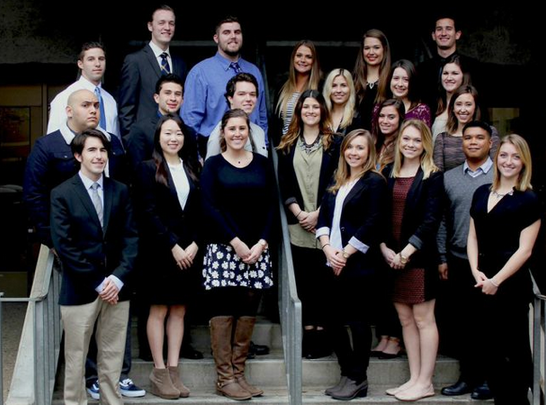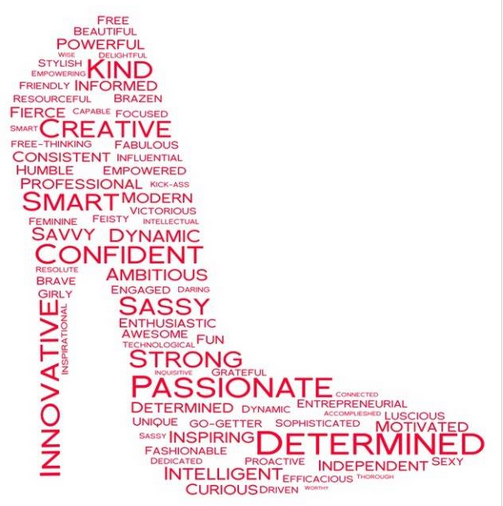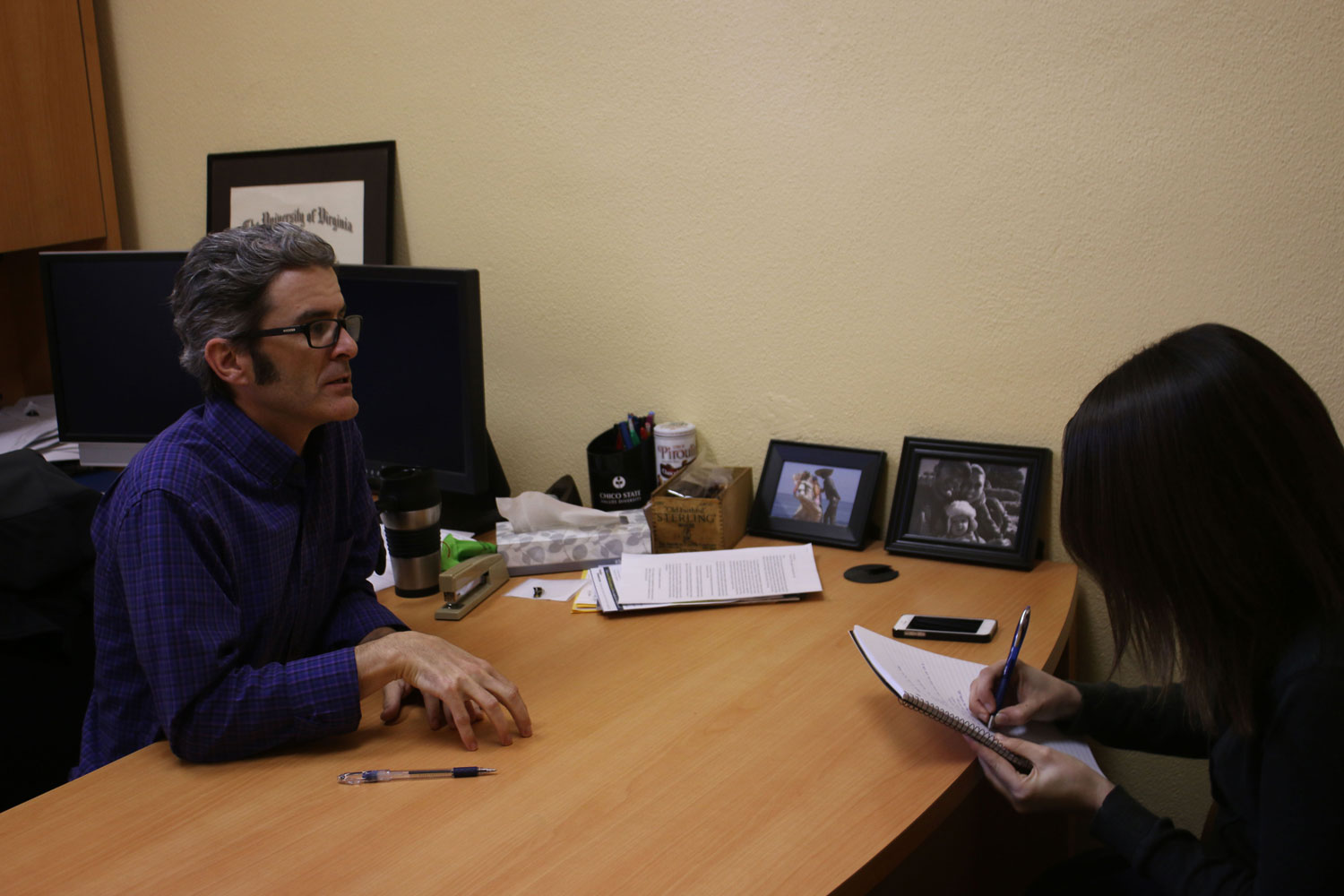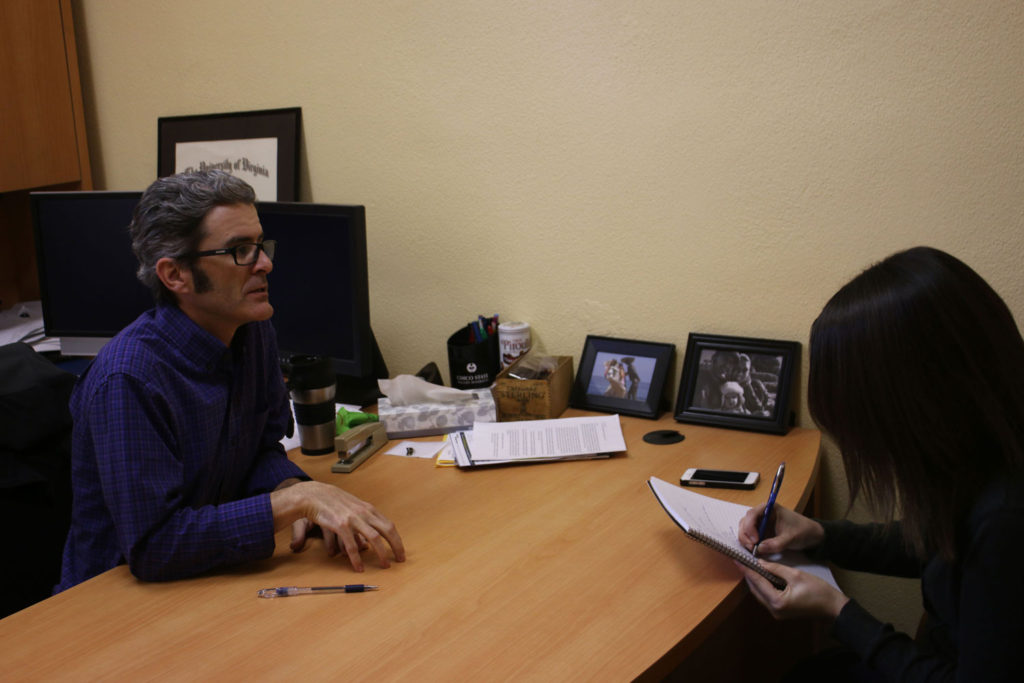As college students, many of us are unfamiliar with the concept of personal branding.
However as graduation approaches and the job hunt begins, it becomes clear that having an established personal brand is crucial in differentiating yourself from the competition. It is a combination of who you are as a person and who you are professionally.
- Are you someone that would fit into that company’s corporate culture?
- Are you a pleasant and well-rounded person to work with?
Your personal brand can be worth just as much as skills and experience on a resume.
Be true to who you are.
The first step of establishing a personal brand is knowing yourself. Embracing your quirks and differences is key because each of us has the ability to bring something new to the table. Think about all the aspects that make up your personality. What are your passions or hobbies? Stay true to yourself and hold yourself with confidence. This can make all the difference when networking and interviewing for jobs.
Know your values and beliefs.
Whether it’s having a strong work ethic or believing that everyone’s ideas deserve to be heard, know what your core values and beliefs are and stick to them. Your morals are an essential part of your personal brand because they affect decisions you make, both in and out of the workplace.
It’s not just who you are in a professional setting.
Personal branding includes your appearance and behavior in the office and out on the town. Believe it or not, the way you carry yourself outside of work impacts your personal brand, so it is important to always represent yourself in a classy way. This also includes posts and pictures on social media accounts. Before you post, think about if your future employer saw your Facebook or Instagram pictures. How do you want to portray yourself?
Show your personality and sense of humor on social media.
We have all heard that it is necessary to have an active social media presence when applying for jobs. To make your profile stand out against other post-grads, show your unique personality wherever you can. Have a witty and creative bio summary on LinkedIn. Post thoughtful and relevant information regularly on Twitter. Show that you are engaged in the industry that you wish to be hired in. But remember to always make sure the content you post is appropriate and tasteful.
Have a solid elevator pitch.
Whether you’re attending a career fair or a job interview, you need to be able to sum up who you are and why you’re worth hiring in a minute or less. You may need to practice your elevator pitch to make sure you get your main points across. This will be the first impression you give to potential employers, so it is paramount that you sell your personality and skill set as much as possible.
by Diana Gallagher, assistant account executive










